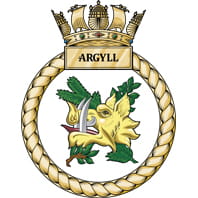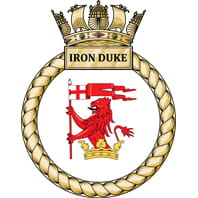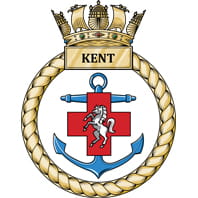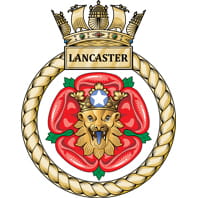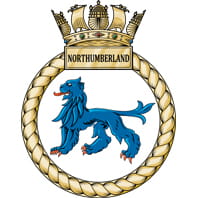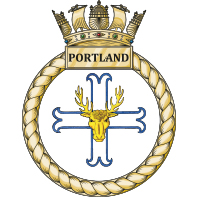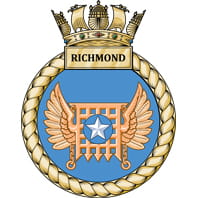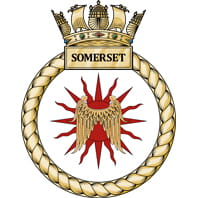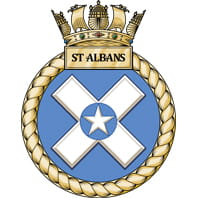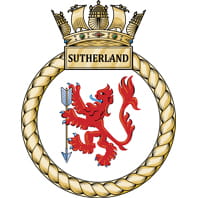Duke Class
A formidable fleet of advanced warships that safeguard the seas with precision, advanced technology and immense firepower.
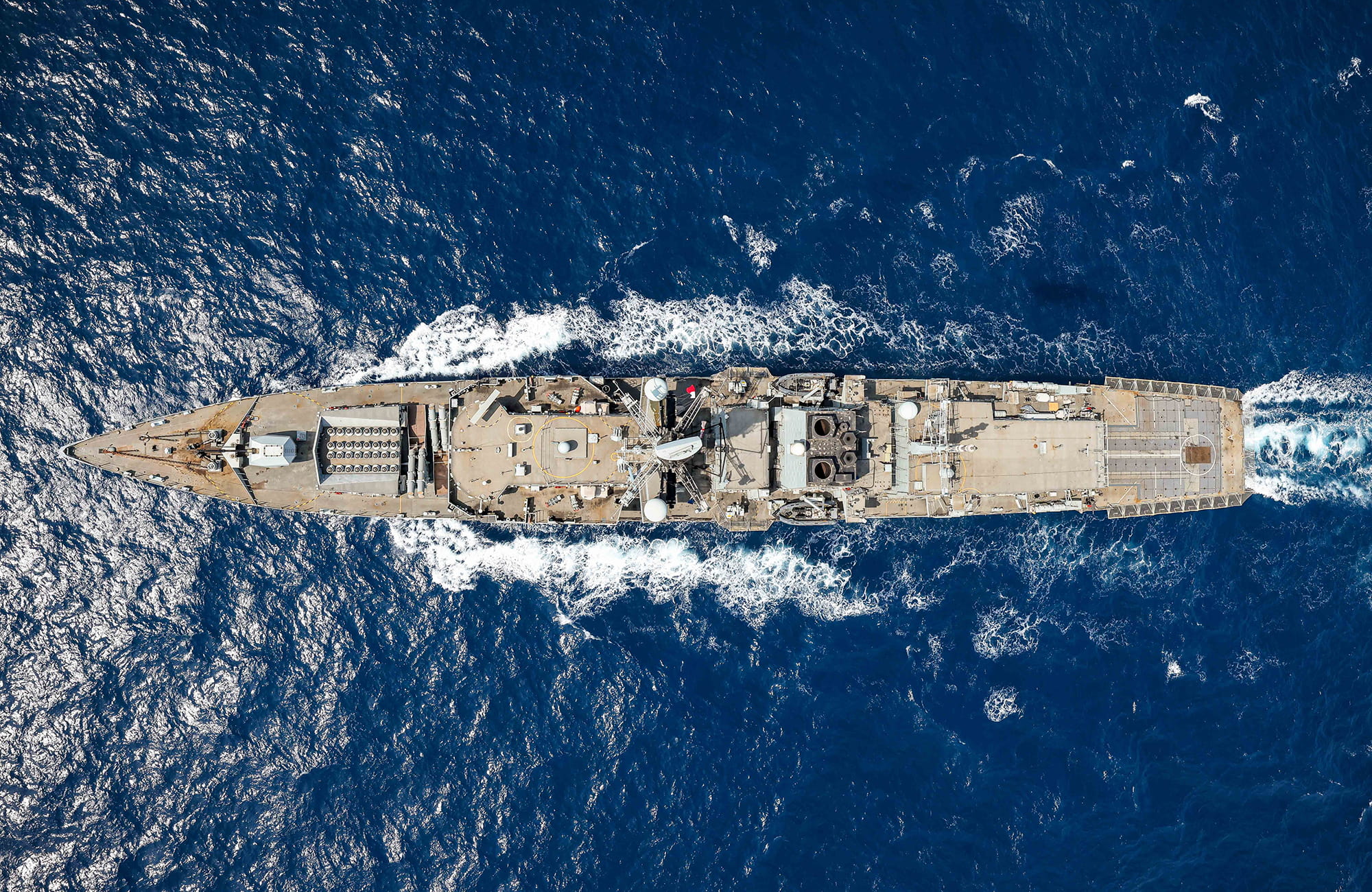
Statistics
4,900 tonnes
133 metres
28 knots
7,800 nautical miles
Firepower for any situation
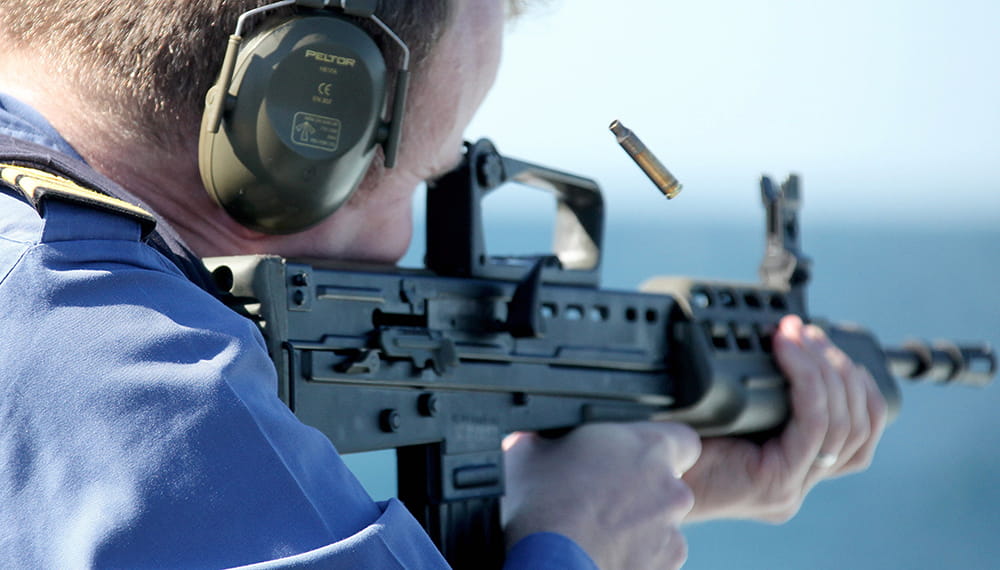
Small calibre guns
All warships carry small-calibre weapons such as the SA80 for surface and airborne targets. They are manually operated by gun crews on the upper deck, offering versatility in calibre and complexity.
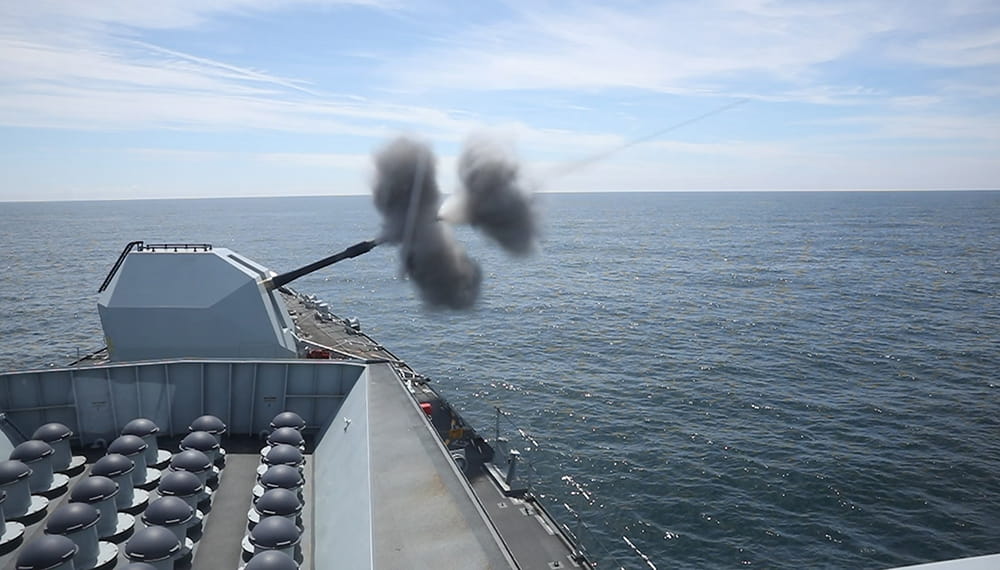
Heavy Bombardment
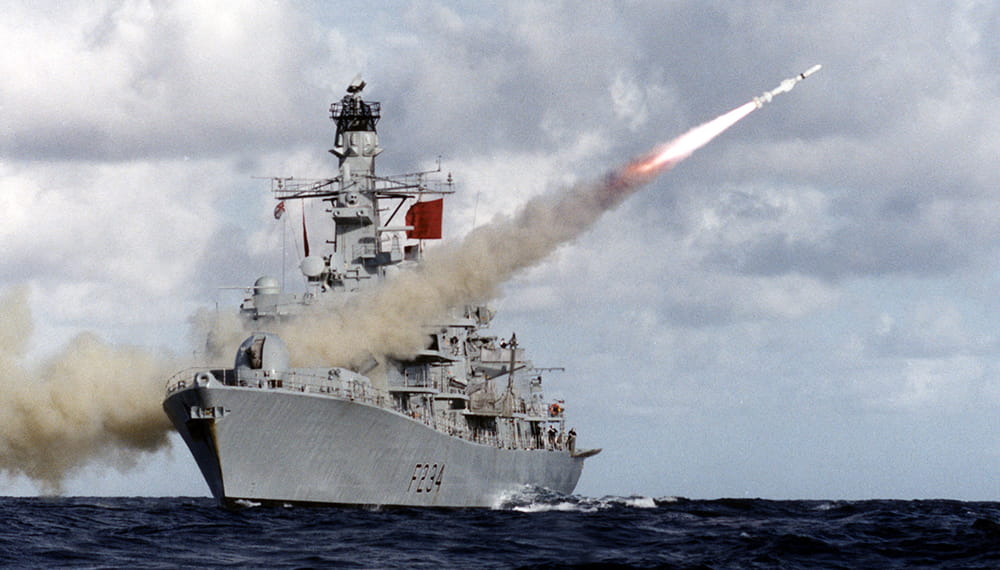
Surface missiles
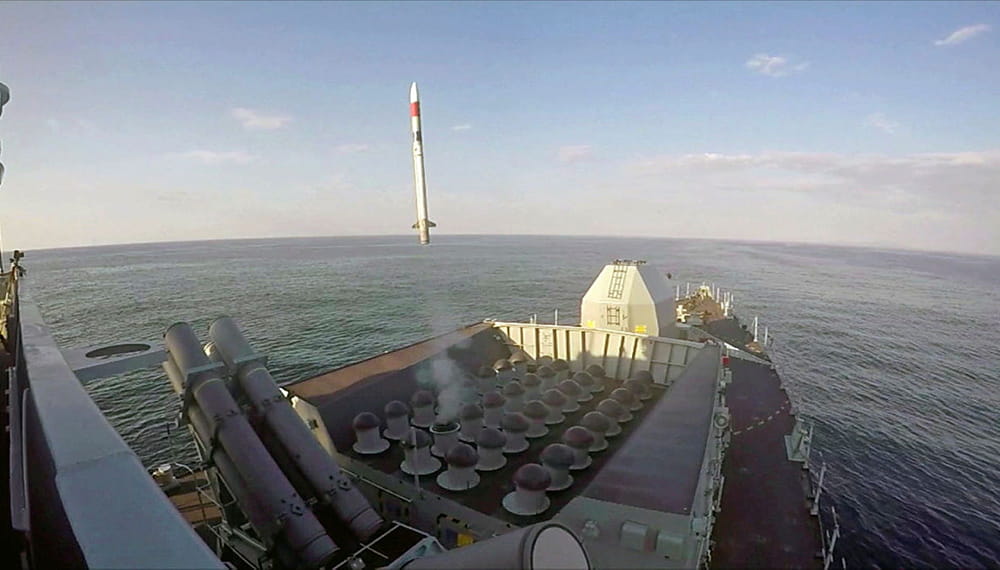
Anti-air missiles
Sea Ceptor is the cutting-edge air defence system on Britain’s frigates. It has the capability to defend an area of 500 square miles and engage multiple targets simultaneously. With high-speed missiles launched from its distinctive silo, Sea Ceptor can effectively destroy airborne threats and small surface targets.
Units and squadrons
Join the Surface Fleet
Ready to go places? A career in the Surface Fleet could take you all over the world - on missions as varied as the oceans we defend.
